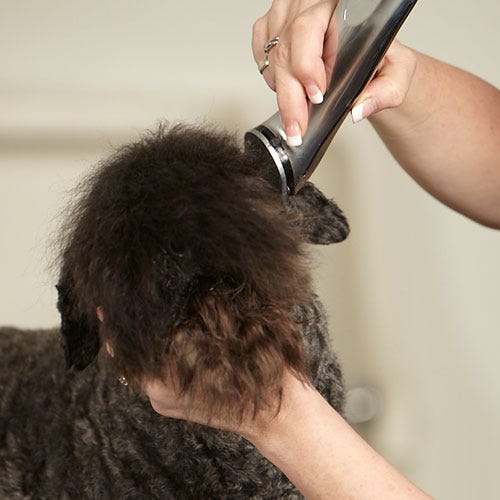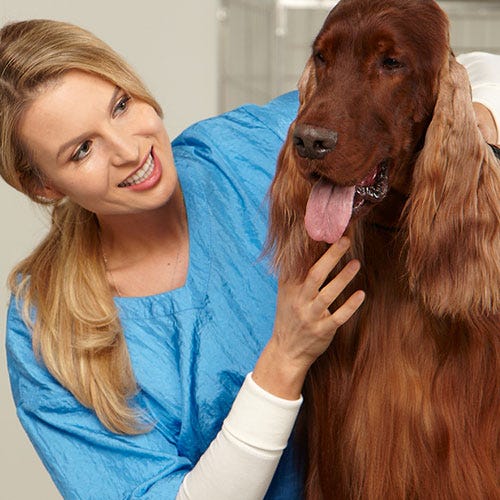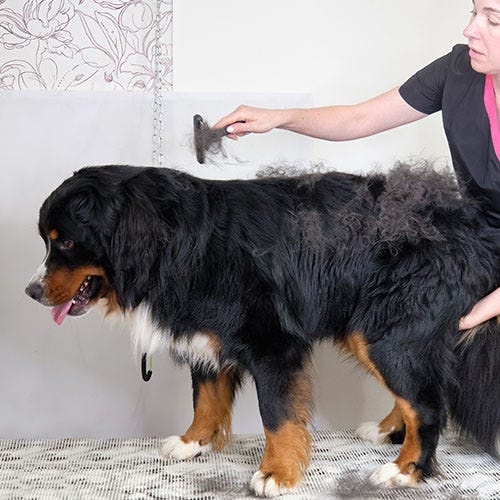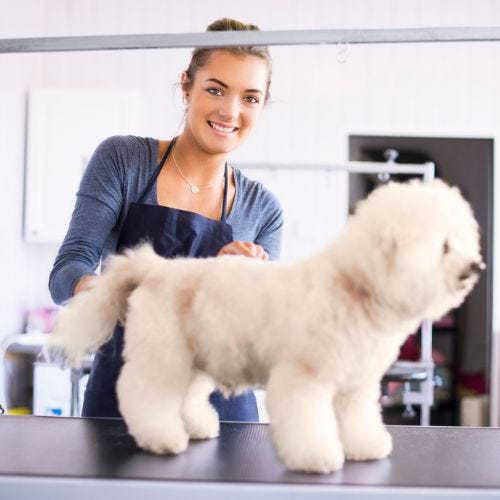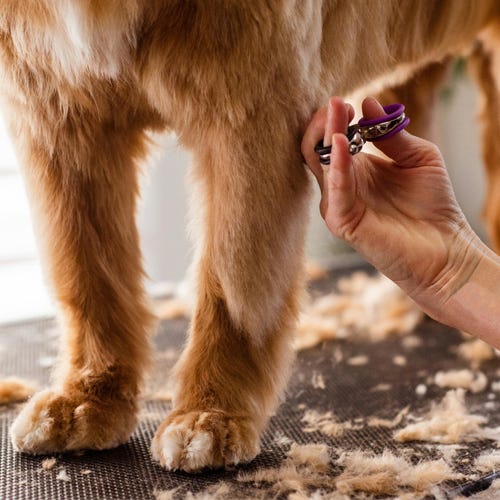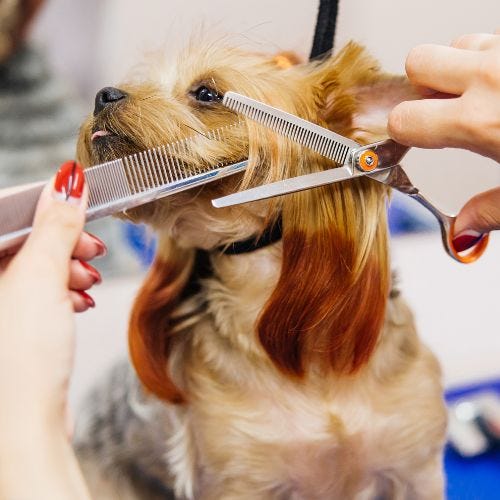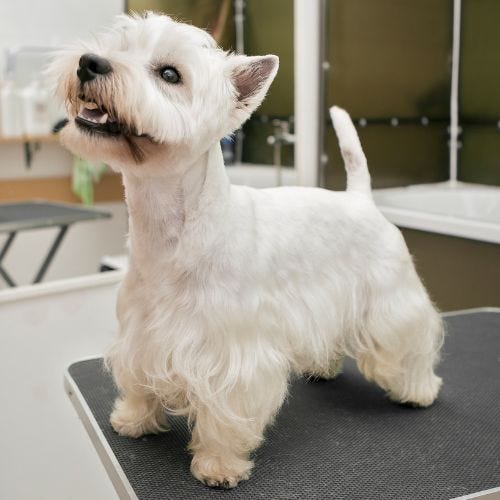It can sometimes feel a little confusing when you are perusing a grooming supply catalog for clipper blades. For instance, some blades from size 7 to 3 ¾ have teeth that, instead of all being the same length, alternate every other tooth from long to shorter. These are known as "skip tooth"blades, and I don't mean to date myself, but those were all that were available when I was a new groomer. I had been grooming for a while before being introduced to "F" or "FC," or finish-cut blades.
Skip tooth blades work great when cutting through a thick, wiry, or matted coat. The teeth' shape makes going through these types of coats much more manageable and smoother. Skip teeth also offer an advantage when clipping a breed that is supposed to have a wire texture because it leaves the coat looking more natural. For example, if you are doing a pet clip on a Scottish Terrier, using a 4 or 5 skip tooth will leave the jacket looking a bit more textured, which is desirable in wire-coated breeds. If you have to pre-clip a dog due to matting, a skip tooth blade will power through the tangles far more easily than an FC blade.
Skip tooth blades are also marvelous for blending. That English Cocker on your table? If you use a skip tooth blade to blend the jacket into the furnishings, you will be pleased with how nice it all looks when you step back. The irregular pattern of the teeth naturally leaves the fur looking like it grew that way when used correctly. I once knew a groomer who had severely damaged her thumb joint in an accident and had great difficulty using scissors. She could make a poodle look like she had scissored it from head to toe by skimming over the prepped coat with a clipper and a 7-skip tooth blade. The downside was if the dog wiggled, she'd leave a big dent, but she had such good control this rarely happened.
Skip tooth blades are rarely used by new groomers, and there is a good reason. Their shapeleaves a wider gap between each tooth, and those gaps sometimes catch skin folds and can cause a nick where a finish blade would not.
F or FC series blades were developed to leave a smoother, more plush-looking finish on coats. That plush look and the higher safety factor make them very popular.
The next time you look at a catalog and can't quite understand which blade you should choose,you will know the difference between the shapes of the teeth on the blades and be able to make an informed decision on which one is best for you and the way you work.


